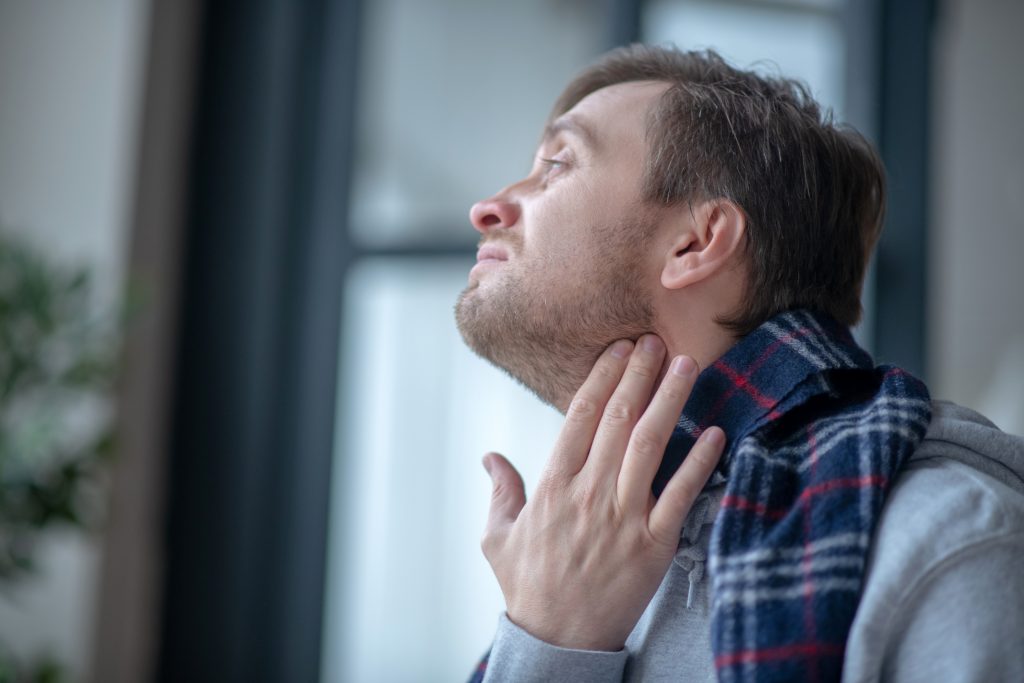What is Obstructive Sleep Apnoea?

Obstructive Sleep Apnoea (OSA) is considered severe sleeping disorder as it may lead to heart trouble (Cardiovascular morbidity), high blood pressure (Hypertension) and stroke (Cerebrovascular accident or CVA) . Those suffering from obstructive sleep apnoea will experience their normal breathing pattern stopped during their normal sleep cycle. Generally, It affects the elderly and obese people, but it can also affect anyone. This is a severe sleep disorder that will badly affects health if not treat early and properly. Typically, the breathing will stop for 10 to 20 seconds followed by a sudden jolt to “catch the breath”. If you suspect you have OSA, you should take it seriously and consult your GP or dentist. Often your dentist can make mandibular advancement splints (MAS) to manage your sleep disorder. A recent long term study has just been published (March 2020) comparing the effects on a group of patients with severe sleep apnoea, half of which had a mandibular advancement splint (MAS) and the other half CPAP, over a 10 years period. The study concluded that both MAS and CPAP therapy result in a positive outcome and both therapies are appropriate modalities for the long-term management of OSA ( Julia A.M Uniken Venema et. al. Long-term obstructive sleep apnea therapy: a 10-year follow-up of mandibular advancement device and continuous positive airway pressure. 15 March 2020)
Main types of sleep apnoea
There are three basic types of this severe disease: complex sleep apnoea syndrome, obstructive sleep apnoea, and central sleep apnoea.
Obstructive sleep apnoea:
It is the most common type that could happen when the throat muscles relax and block the normal airflow during sleeping. People can feel loud snoring and interrupted breathing that also resumes with the body jerks. This apnoeic episode can disturb the sound sleep, and the oxygen level could drop.
Central Apnoea:
It is not a common type of apnoea that resulted from dysfunction of the central nervous system. This type of apnoea occurs when the brain is not sending proper electrical signals to the muscles that control breathing. It is related to the dysfunction of the central nervous system that causes your your breathing to repeatedly start and stop during your sleep.
Complex sleep apnoea syndrome:
This is a rare disease that could occur due to the combination of central and obstructive sleep apnoea.

Who are at high risk of sleep disorder?
Research shows that nearly 10% of women and 25% of men have this disease with prevalence exceeding 50% in some countries. Using AASM 2012 diagnostic criteria and AHI threshold values of five or more events per h and 15 or more events per h, it is estimated that 936 million adults aged 30–69 years (men and women) have mild to severe obstructive sleep apnoea and 425 million adults aged 30–69 years have moderate to severe obstructive sleep apnoea globally1. The number of affected individuals was highest in China, followed by the USA, Brazil, and India. Risks factors for sleep apnoea are obesity, smoker, alcoholic and recreational use of drugs.
What happen when you have obstructive sleep apnoea?
Sleep apnoea can be fatal. Obstructive sleep apnoea occurs when the muscles that support the soft tissues in your throat (tongue and soft palate) temporarily relax. This leads to deprivation of oxygen supply to your heart and brain. Your risk is highly elevated if you experience more than 30 episodes per hour.
Main causes and symptoms:
Unfortunately you cannot easily identify this disorder on your own, as the most prominent signs only occur when you are asleep. But your partner may help to identify it by observing your sleep habits/patterns. If they find to sudden choke, gasping for air and snore during sleep, it is a warning sign for you. Some of possible causes are listed below
- Obesity
- Elderly people
- It can be inheriting
- Habit on sleeping on the back (leading to tongue dropping to the back of the throat blocking the airway)
- Smoking or alcohol drinking
- Having abnormal tonsils

Reference


